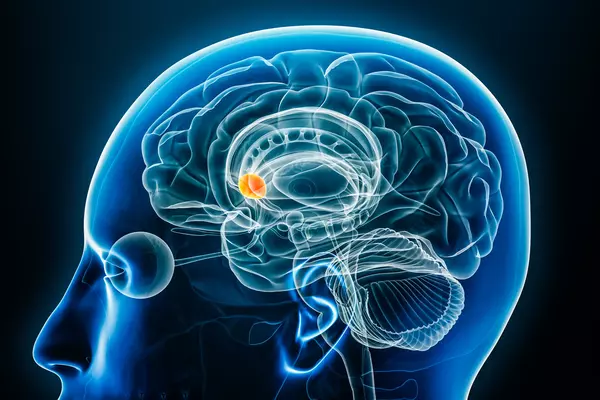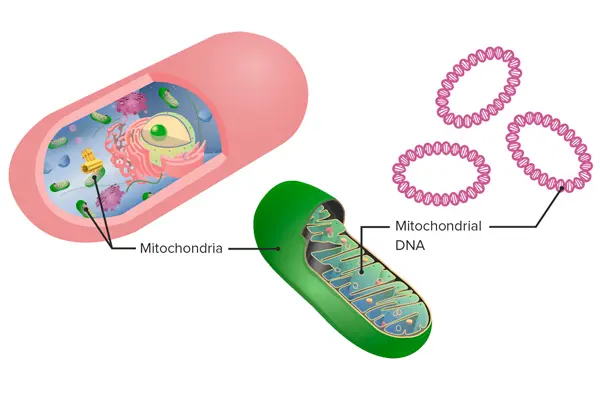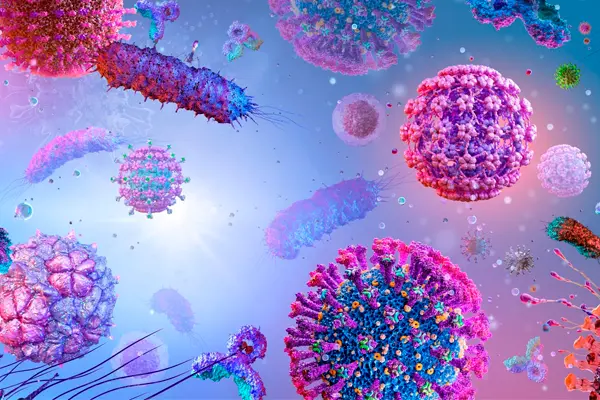CYP21 deficiency

If you tested your DNA with a personal genomics service like 23andMe, AncestryDNA, FamilyTreeDNA, MyHeritage or another testing company, you can learn more about your risk factors for hundreds of diseases. By clicking the button above ⬆️, you can upload your raw DNA data file and receive a personalized 250-page health report with research links that is the most comprehensive.
The inability to synthesize cortisol, known as congenital adrenal hyperplasia (CAH), is responsible for over 90% of cases. The main culprit behind CAH seems to be the deficiency of 21-hydroxylase. In females with severe and classic forms of this deficiency, pre-birth exposure to excess androgens can lead to virilized external genitalia at birth. Because most patients cannot manufacture enough aldosterone required for sodium balance maintenance, failing treatment may cause life-threatening salt wasting crises. This disease results from anomalies in CYP21 gene that codes the steroid hormone enzyme called the steroid 21-hydroxylase enzyme which consists more than ninety percent unlisted recombinations between CYP2P1 pseudogene closely linked around them followed by roughly twenty percentage gene deletions caused due meiosis during unequal crossing overs while others ail from deleterious mutations transfers -gene conversion- present precisely within their counterpart pseudo-gene's normal makeup-CYPDIP formulation into themselves i.e.,Cyp12 genes
The chimeric CYP21P/CYP21 gene emerges as a consequence of the elimination of 26- or 32-kb in the C4-CYP21 repeat module, which affects genes such as tenascin A (XA), serine/threonine nuclear protein kinase (RP2), and theC4BandCYP21genes. This event is observed in patients with congenital adrenal hyperplasia (CAH) who experience steroid 21-hydroxylase deficiency. In ethnic Chinese populations, three distinct types of this chimera have been identified thus far; their production begins upon recognition of chi-like sequences combined with minisatellite consensus within various noncoding regions on CYPA1 genes. These molecules share commonality at the 5' end regarding CPSA1P-specific sequence but deviate concerning CPYPAI-specific genes occurring after that point onward towards the respective 3'.
Follow the link of the selected polymorphism to read a brief description of how the selected polymorphism affects Adrenalin and see a list of existing studies.
SNP polymorphisms related to the topic Adrenalin:
| rs1042714 | Studies have shown an increased risk of polymorphism with autism. The odds ratio was 1.33-1.60. The risk was about twice as high among mothers who had clinical markers of pregnancy-related stress. The breakdown also indicated a predisposition to metabolic syndrome, obesity and increased risk of bronchial asthma. |
| rs1801253 | Polymorphism of a conserved beta(1)-adrenergic receptor motif alters cardiac function and is associated with acute coronary syndrome and cardiovascular risk factors. |
| rs1800888 | Increased risk of coronary heart disease by 2.5 times. Higher risk of acute myocardial infarction (54.5% vs. 25.2%). |
| rs1042713 | Associated with asthma exacerbations regardless of treatment regimen. 1.3-fold increased risk that inhaler use in children may exacerbate asthma. |
| rs1042711 | A polymorphism of the beta-2 adrenergic receptor gene is associated with an increased risk of arterial hypertension. |
| rs1801704 | A break in the ?2-adrenoreceptor gene increases the likelihood of insulin resistance and polycystic ovarian syndrome. |
About The Author
Li DaliLi Dali, a National Foundation for Outstanding Youth Fund recipient, is a researcher at the School of Life Sciences in East China Normal University. He earned his PhD in genetics from Hunan Normal University in 2007 and conducted collaborative research at Texas A&M University during his doctoral studies. Li Dali and his team have optimized and innovated gene editing technology, leading to the establishment of a world-class system for constructing gene editing disease models.


